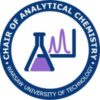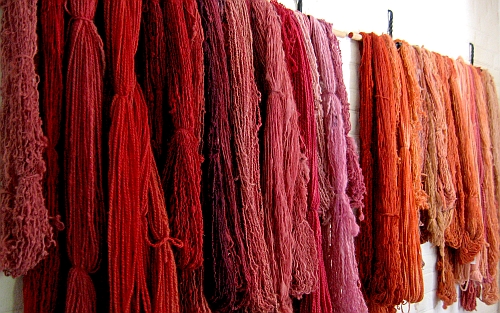Identification of natural products in art objects
Determination of metals in pigments and mordants
Painting masterpieces – what can one expect trying to enter this world rather rarely visited by typical analyst, full of unsolved problems and no answered questions? As the answer can be proposed the statement of Pietro Edwards concerning the nature of paintings. In the end of eighteen century he said, that natural substances (of paintings) consist of heterogeneous elements artificially held together contrary to their natural affinities. It perfectly precise large scale of problems created by palettes used by ancient artists in their masterpieces. Only knowledge of the materials involved in painting allows a better understanding of the civilization and development of more efficient conservation and restoration methods. Since man learned to paint, artists have used different natural substances trying to prepare original paintings and achieve unique effects. Despite place and time of the origin of the painting, it usually contains natural inorganic or organic materials belonging to few fundamental classes: binders, varnishes and lining adhesives, inorganic pigments and organic pigments and their lakes, which are composed of metals bound by organic dyestuffs.
The identification of dyestuffs in historical textiles is as complicated as dyeing process itself. The dyeing of textile fibres is carried out in an aqueous solution, known as the dye liquor or dye bath. True dyeing can only take place if the coloration is relatively permanent, which means that it cannot be removed readily by rinsing in water or by washing procedures. The hydroxyl, amino and carboxyl groups of organic dyestuffs are able to form complex compounds with certain metal ions like aluminium, iron and tin. Metal ions are bound to the fibres and form insoluble complexes with organic molecules and are thus bound together to the fibres. The presence of metal ions influences color shade and identification of organic dye and metal ion is necessary for complete recognition of mordant and finally textile color after dyeing.




